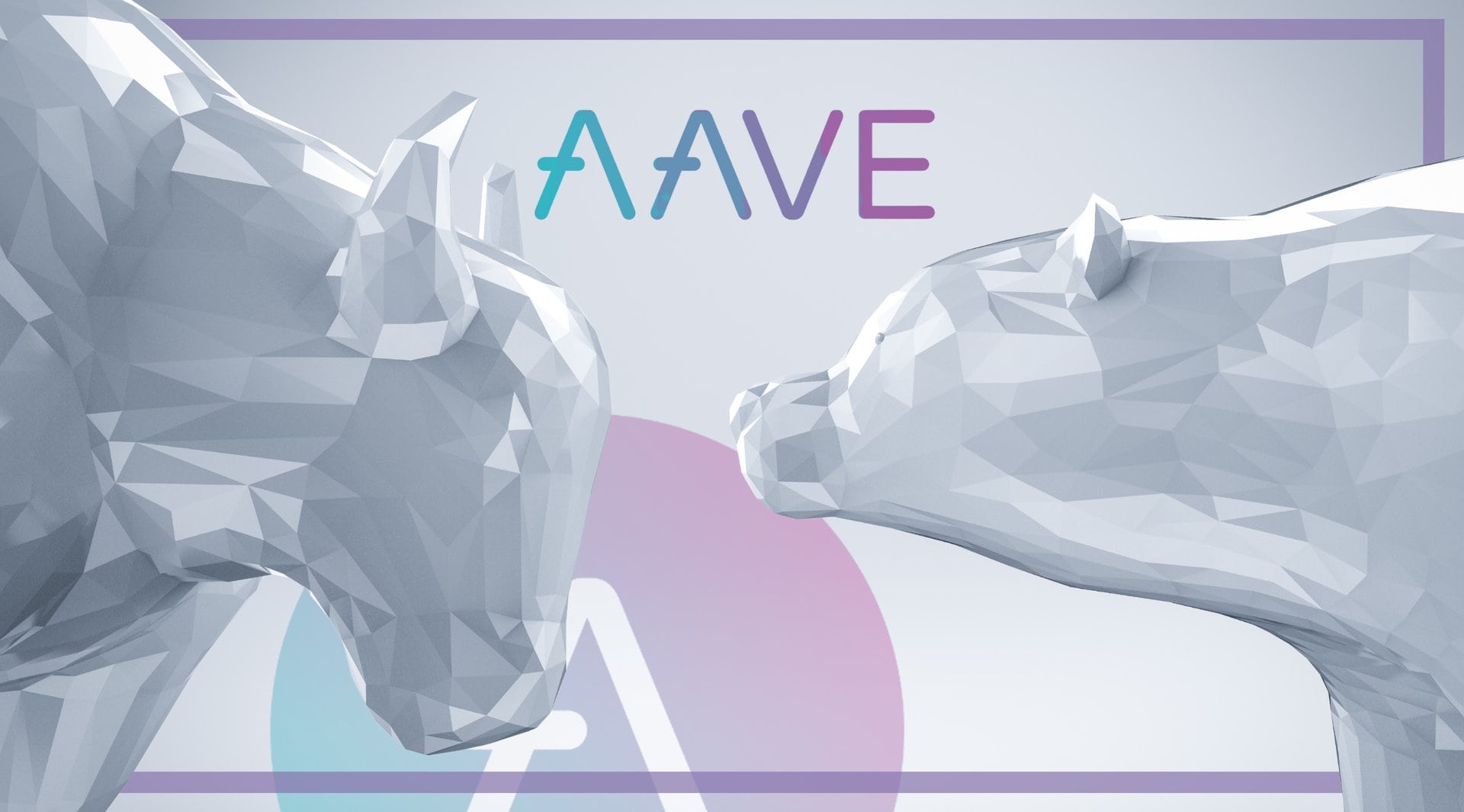Aave is a decentralized liquidity protocol that allows users to borrow and lend crypto assets across multiple blockchain networks, including Ethereum, Avalanche, and Arbitrum. Originally launched as ETHLend in 2017 by Stani Kulechov, Aave began as a peer-to-peer decentralized lending platform on Ethereum.
However, it rebranded to Aave in 2018 and shifted to a liquidity pool model, allowing users to deposit funds into liquidity pools to earn interest while borrowers draw from these pools. Aave has since evolved with multiple versions, adding features like collateral swaps, flash loans, and governance participation through AAVE tokenholders. The protocol has become one of the most prominent platforms in decentralized finance (DeFi), known for its innovative approach to borrowing and lending, including unsecured flash loans.
The development of Aave over the years includes key milestones such as the launch of Aave V2 in 2020, which introduced new features like debt repayments with collateral, and Aave V3 in 2022, which expanded to additional networks like Polygon and Optimism. In 2023, Aave also introduced GHO, an overcollateralized USD-pegged stablecoin, further enhancing its liquidity management offerings. Aave’s decentralized governance has been a crucial aspect of its growth, empowering the community to shape the protocol’s direction. Its continued innovations, including cross-chain capabilities, have solidified Aave’s position as a cornerstone of the DeFi ecosystem, offering users flexible and secure access to crypto lending and borrowing.
What a milestone 🤯
— Decrypt (@decryptmedia) July 17, 2023
Aave's new dollar-pegged milestone has been making massive moves, hitting a $2.5M market cap in just two days!
More here: https://t.co/WyssVPTPUH pic.twitter.com/WoUKzSqW6W
Recent Developments
In a significant update, Aave founder Stani Kulechov shared a personal health warning with fellow crypto founders after undergoing critical surgery to remove his gallbladder. Reflecting on his experience, Kulechov revealed how years of overwork and neglecting medical advice led to worsening health issues, culminating in the surgery. His message emphasized the importance of prioritizing health over productivity, urging founders in the fast-paced crypto world to avoid sacrificing well-being for work.
Meanwhile, Aave has also been active in expanding its partnerships, exploring a collaboration with Sky (formerly Maker) to bridge the gap between decentralized finance (DeFi) and traditional finance (TradFi). The partnership aims to establish a market for Sky’s stablecoin, USDS, on Aave’s platform, further driving DeFi’s integration with mainstream financial systems. Together, these developments underscore Aave’s focus on growth and long-term sustainability, both in health and innovation.
Can $AAVE Whales Break the Megaphone Pattern and Push Prices Above $145?https://t.co/dLNvOJF3Ld
— TheCryptoBasic (@thecryptobasic) September 5, 2024
Short Aave 2-Year Price History
Aave reached its all-time high price in 2021 at $661, Aave’s historical price data from September 2022 to September 2024 reveals significant volatility, with prices ranging from a low of $47.77 to a high of $153.15. The average price during this period was $87.05, reflecting a change of 73.05%. Key movements include a steep 59.73% rise in January 2023 and a sharp 22.17% drop in November 2022. The most notable peak occurred in March 2024 at $153.15, while June 2023 saw the lowest price at $47.77. When compared, Aave has plummeted over 80%.
Future Price Predictions
For the month of September, the minimum price of Aave is projected to be $130.15, with an average price of $150.87 and a maximum price of $157.89, yielding a potential return on investment (ROI) of 19.2%.
In October, the minimum price is expected to be $141.39, with an average of $152.16 and a maximum of $159.89, offering a potential ROI of 20.7%.
For November, the minimum price is forecasted at $140.89, the average at $151.82, and the maximum at $159.39, with a potential ROI of 20.3%.
In December, the minimum price is anticipated to remain at $140.89, the average at $150.07, and the maximum at $160.89, leading to a potential ROI of 21.4%.
Overall, across all months, the minimum price of Aave is $138.33, with an average of $151.23 and a maximum price of $159.52, resulting in a potential ROI of 20.4%.
Author: Makinde Adeniyi
The editorial team at #DisruptionBanking has taken all precautions to ensure that no persons or organisations have been adversely affected or offered any sort of financial advice in this article. This article is most definitely not financial advice.















